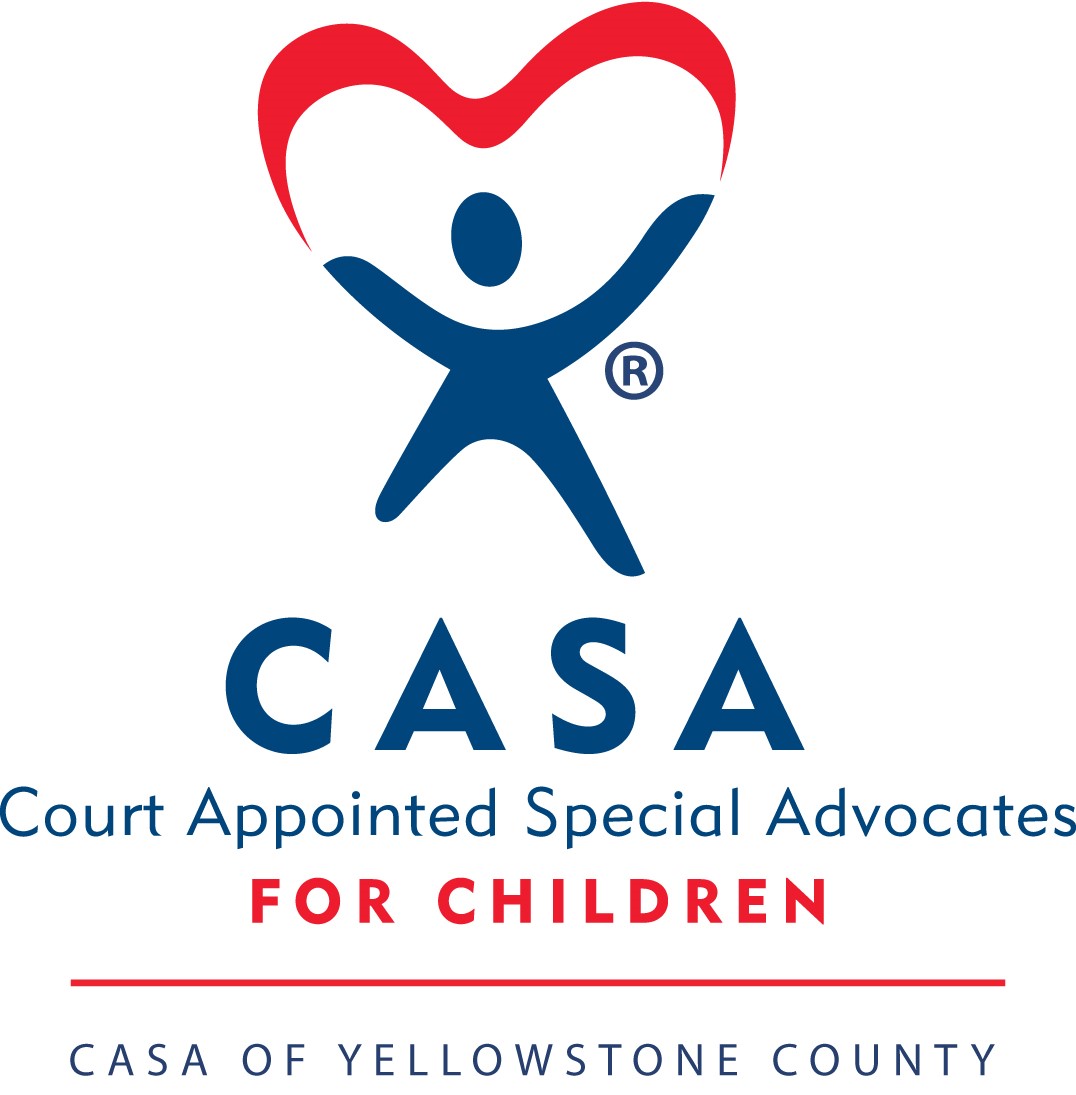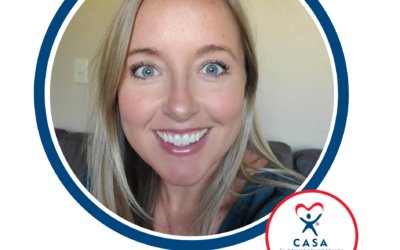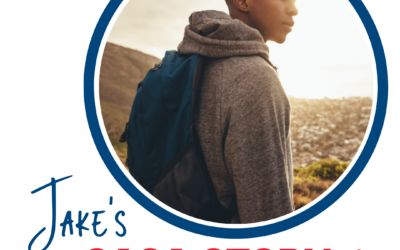In January 2017, four Native Americans from Pryor drove to Reed Point to attend a basketball game. They reported being denied entry to the game until a group of white Reed Point people were allowed into the school gym. Although the Montana Human Rights Bureau subsequently found that there was no discrimination, merely a misunderstanding, it’s worth asking why such a story connects with another, more recent one, this time from Colorado. In early May, two young Native American men drove from New Mexico in their only family car, using money they had saved, to Colorado State University, where they had registered on line for a campus tour. They arrived late. The white mother of another student in the tour group called campus police because the young men were wearing what seemed to her inappropriate clothing. They also were silent. Police arrived, patted the young men down and questioned them, which meant the two weren’t able to rejoin the tour.
Why do these stories not surprise us? Trained to understand the history and culture of Native American oppression and worse at the hands of the dominant white culture, CASAs understand why. There is a reason for ICWA, especially in Montana, where so many CASA cases involve Native Americans.
But it’s not only Native Americans. In April, two African American men were arrested in a Philadelphia Starbucks after one asked to use the restroom while waiting for a friend to join them, and neither had placed an order. True enough, Starbucks later apologized, instituted racial bias training, and revamped its policies, and the city of Philadelphia pledged $200,000 to support high school students who hope to become entrepreneurs. But why does this story connect with another, this time from Oakland. In early May, two African American men set up a charcoal grille in a popular Oakland park. To a white woman on the scene, the two men were grilling illegally, in an area where charcoal is not allowed. She called the police, but not before voicing racial epithets to other African Americans on the scene.
You notice that I have not mentioned Wounded Knee or Ferguson, because both are such glaring illustrations of racial violence. They can’t be ignored. But what happened in Reed Point or Colorado, or in Philadelphia or Oakland is easier to ignore–just one more misunderstanding, one more example of things that could have gotten out of hand. It’s easy to dismiss them, but we shouldn’t.
It’s easy to condemn what we would never do. With few exceptions, CASAs are members of the dominant white culture, and we have learned to condemn overt bigotry and racial prejudice when we see it. But it may not be so easy to see what we don’t even recognize. Years of work to train social workers to avoid overt bigotry has taught Gail K. Golden, LCSW, Ed. D., to recognize what unseen privilege hides from us:
“We enjoy what is called white privilege. As a group, we often tend to think that we are smarter, better, and more capable than other people. Part of the arrogance of white privilege is that we think that if something is good for us, then it is good for everybody. We also believe that we deserve all the privilege and benefits that we enjoy because of our own merit and hard work. We do not always recognize how much of what we enjoy is due to our white privilege. We also do not recognize how some of the things that we enjoy as a group are rooted in a disturbing history. Sometime in our past, white people have simply taken things from others: most notably land, labor, and resources. A great deal of wealth was accumulated in this way. Many of us who came to be called white have benefited from this wealth, directly or indirectly.”
These are hard words to read, but they are also true. It’s not enough for contemporary white people to claim our own innocence from the violence of our ancestors’ treatment of Native Americans and the enslavement of Africans, or even to recoil when we read about the attorney who threatened to call Immigration and Customs Enforcement when he heard Spanish being spoken in a New York City restaurant.
As CASAs we work hard to be the voice for abused and neglected children, but how often do we hear non-white CASA children say these things about themselves:
- I can turn on the TV and see people of my own race widely and positively represented.
- I have learned in school that people of my own race have helped to build my county.
- I can go into a store without being followed by security.
- I don’t have to worry all the time about my own physical safety.
- I can dress in hand-me-downs without people saying my choices reflect the poverty of my race.
- I can be praised for my school work without being told I’m a credit to my race.
- I can reach out to an authority figure who is from my own race.
- I am never made uncomfortable about how my shape, bearing, hair, or body odor mark me as a member of my race.
- I can eat what I enjoy without being ridiculed for eating something funny.
- I can hang with friends of my own race without being called a gang member.
I have adapted these questions from a seminal essay on White Privilege written 30 years ago by Peggy McIntosh of the Wellesley College Centers for Women. Wellesley College Centers for Women: you see, it’s not just the white privilege that enmeshes us all, men and women both, but it’s also the ways that privilege entangles men even more.
As a white male CASA am I learning more about the blinkers of privilege that affect me? I hope so, especially when I ask certain questions. Why does the DN Court system often privilege reunification over a child’s best interests–could it have something to do with a patriarchal, adversarial legal system? Why in Billings, Montana is the human trafficking of young women too often considered prostitution–could it have something to do with protecting doctors, lawyers, clergymen, and teachers instead of the victims of the sex trade? Why are there so few male CASAs–could it have something to do with the difference between “woman’s work” and “man’s work,” between bringing home the bacon and frying it in the pan?
At a deeper level white male privilege is binary privilege. Boys are boys and girls are girls, or so the rules of male privilege proclaim. But not everyone is a immutably a boy or a girl, regardless of what a birth certificate may say. Male privilege too often ignores the reality that “the youth population who is LGBTQ is approximately 5-7 percent, but approximately 40 percent of youth who experience homelessness are LGBTQ, and for the most part 70 percent of those report that the reason for homelessness is family rejection,” according to Kim Leighton of the Pride Foundation. CASAs know that abuse and neglect take many forms, but for a youth struggling with gender identity, family rejection is the most cruel. Suicide is the second leading cause of death among youth 10-24; LGBTQ youth commit suicide at three times the rate of heterosexual youth.
What does this have to do with privilege, you may ask? Think of pronouns. Is a “boy identifying as a girl” a “he,” or a “girl identifying as a boy” a “she”? If the answer doesn’t come easy, it’s probably because we are looking for answers that conform to our privilege. When we are asked by a non-conforming youth to use “they” and “them” instead of “he” and “him” or “she” and “her,” we may find it difficult because our privilege trips us up. How can we be that young person’s voice when we find it hard to listen?
Thinking about all this makes us feel vulnerable. I suppose that’s inevitable when our commitment to helping neglected and abused children seems to run smack dab into networks of white, male, and binary privileges we never feel because they are, well, the ways things have always been–for most of us, that is. But not for many of the children whose lives we affect every day. We are committed to being a constant in a young person’s life, but let’s take care not to make the child conform to what has always been a constant for us.





